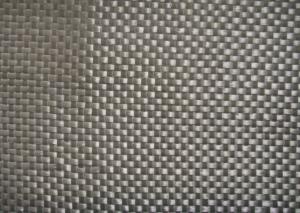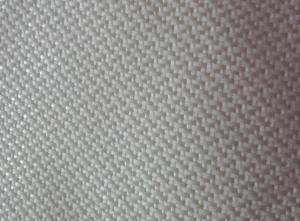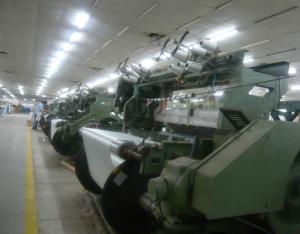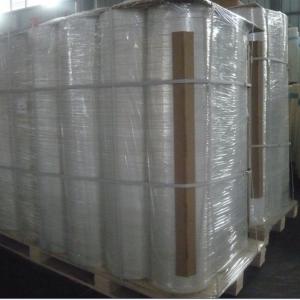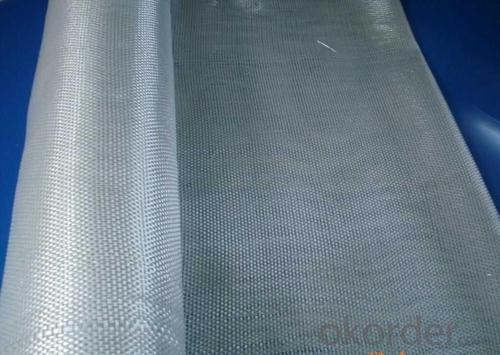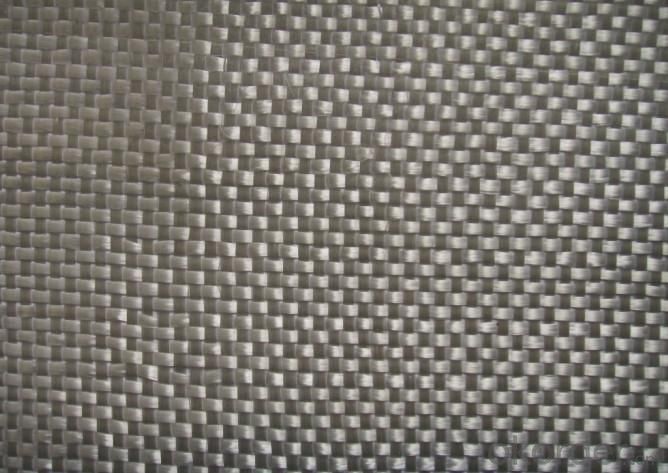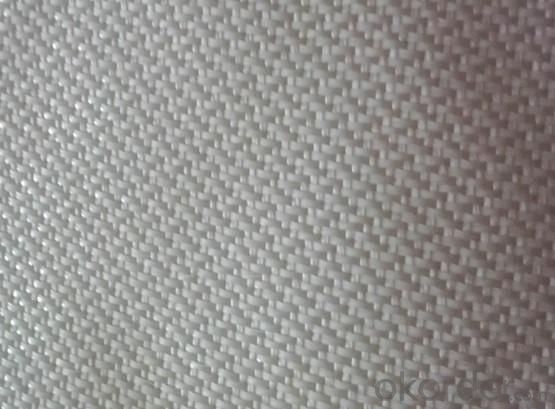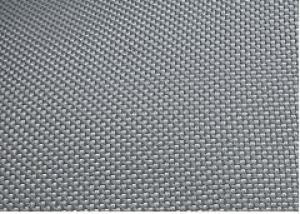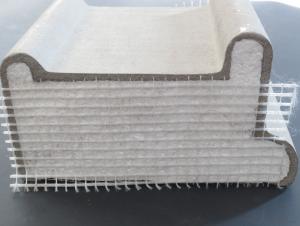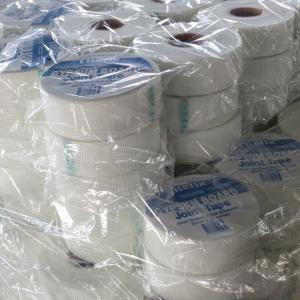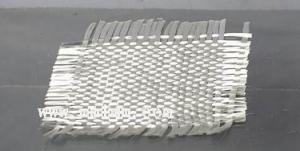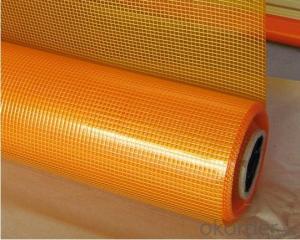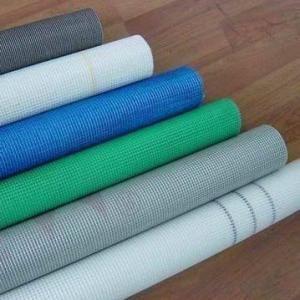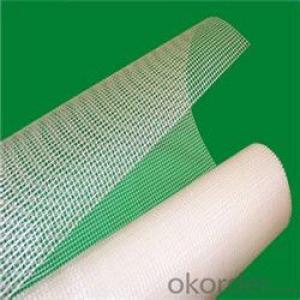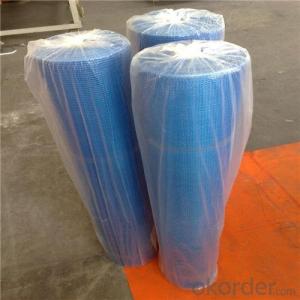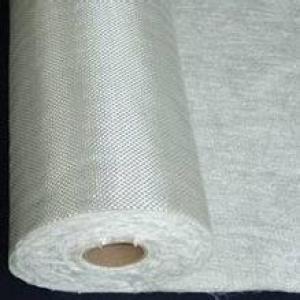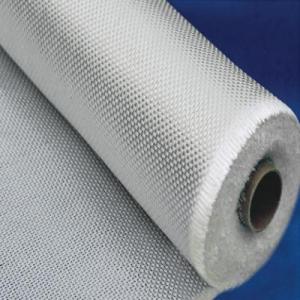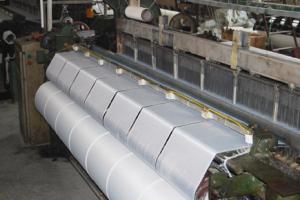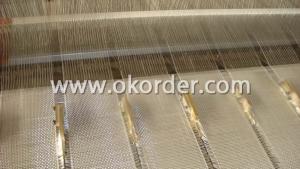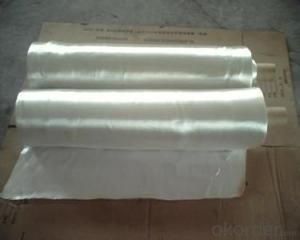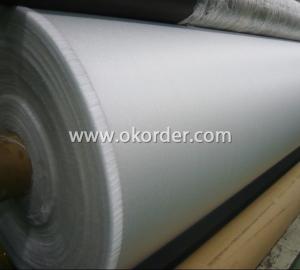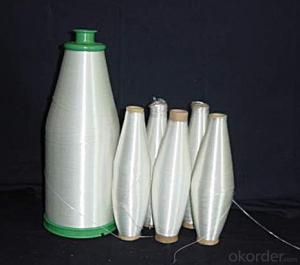Fiberglass Fabrics - High Quality Fiberglass Fabric Cloth
- Loading Port:
- Qingdao Port
- Payment Terms:
- TT or LC
- Min Order Qty:
- 10000 M2 m²
- Supply Capability:
- 50000000 M2 Per Year m²/month
OKorder Service Pledge
OKorder Financial Service
You Might Also Like
Introduction of Fiberglass Fabric Cloth:
Fiberglass fabric is weaved of high quality C-glass fibers or E-glass fibers.
Fiberglass fabric is a good construction material with the following excellent properties
* Dimensional stability
* High Strength
* Fire resistance, High heat resistance
* Good chemical resistance
* Durability
* Forms around complex surface shapes
Application of Fiberglass Fabric Cloth
Fiberglass fabrics can be used in a variety of applications, including construction in waterproofing applications for roofing and foundation, wall treatment, pipeline joint wrap.
Packing of Fiberglass Fabric Cloth:
Fiberglass fabric is wound on a paper tube with inner diameters of 50. 8, 76 or 152mm. Each roll is wrapped in a plastic bag, then to be packed in a carton box. The rolls are to be horizontally placed.
Width (cm): 90, 100, 127
Length (m): 100, 200, 300, 400
Storage of Fiberglass Fabric Cloth:
Store rolls in a cool, dry location
Protect rolls from weather and other damage.
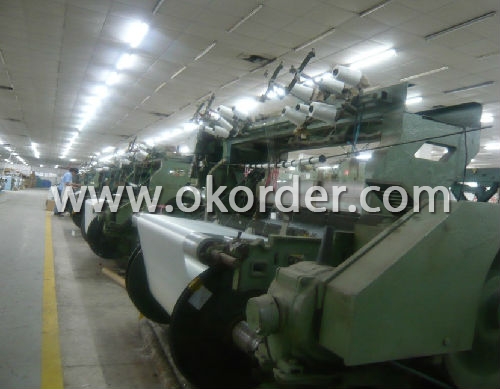
- Q: Is fiberglass fabric resistant to fading?
- Indeed, fading does not affect fiberglass fabric as it boasts remarkable resistance. Fiberglass, an artificial substance composed of delicate glass fibers, exhibits high endurance against fading as a result of sunlight exposure. These fibers are frequently coated with a protective layer, bolstering their ability to withstand fading. Furthermore, fiberglass fabric also displays resistance towards numerous chemicals and does not readily deteriorate over time, rendering it an enduring and enduring choice for a wide array of applications.
- Q: Can fiberglass fabrics be used for soundproofing?
- Absolutely! Fiberglass fabrics have the incredible ability to be utilized for soundproofing purposes. When it comes to soundproofing, fiberglass is highly sought after due to its remarkable acoustic properties. It has the capacity to effectively absorb sound waves and diminish noise transmission, making it the perfect choice for any soundproofing project. The versatility of fiberglass fabrics allows them to be used in a multitude of ways, including as acoustic panels, curtains, or wall coverings, in order to decrease noise levels in residential, commercial, or industrial spaces. These fabrics are frequently employed in recording studios, home theaters, offices, and other settings where sound control is of utmost importance. The dense and porous structure of fiberglass enables it to effortlessly absorb and dissipate sound energy, ultimately resulting in a more serene and tranquil environment.
- Q: Can fiberglass fabric be used for making protective covers?
- Yes, fiberglass fabric can be used for making protective covers.
- Q: Can fiberglass fabric be used for making tarpaulins?
- Yes, fiberglass fabric can be used for making tarpaulins. Fiberglass fabric is known for its durability, strength, and resistance to harsh weather conditions. It is commonly used in various applications, including the production of tarpaulins. The fiberglass fabric is lightweight yet has excellent tear resistance and can withstand high temperatures. It is also waterproof, making it an ideal material for protecting goods and equipment from rain, snow, and other environmental factors. Additionally, fiberglass fabric is resistant to chemicals, UV rays, and mildew, enhancing its longevity and performance as a tarpaulin material.
- Q: Is fiberglass fabric resistant to tearing?
- Yes, fiberglass fabric is highly resistant to tearing due to its strong and durable nature.
- Q: How does fiberglass fabric handle chemicals and solvents?
- Fiberglass fabric is highly resistant to most chemicals and solvents. It does not react or degrade when exposed to a wide range of chemicals, making it a reliable choice for applications where chemical resistance is crucial.
- Q: How is fiberglass fabric used in the production of protective gloves?
- Fiberglass fabric is used in the production of protective gloves as it provides excellent heat resistance and insulation properties. It is often used as a lining material in gloves to protect the wearer from extreme temperatures and potential burns. The fiberglass fabric acts as a barrier, preventing heat transfer and ensuring the safety of the user. Additionally, fiberglass fabric is lightweight and flexible, allowing for comfortable and dexterous glove designs.
- Q: Can fiberglass fabric be used for making automotive interiors?
- Yes, fiberglass fabric can be used for making automotive interiors. It is a versatile material that offers several advantages such as high strength, durability, and resistance to heat and chemicals. Additionally, fiberglass fabric can be molded into various shapes and designs, making it suitable for creating customized automotive interiors.
- Q: How does fiberglass fabric perform in thermal expansion?
- Fiberglass fabric has a low coefficient of thermal expansion, meaning it expands and contracts minimally with changes in temperature. This makes it highly stable and resistant to thermal distortion, making it suitable for applications where thermal expansion is a concern.
- Q: What are the different fiberglass fabric finishes for mold resistance?
- There are various fiberglass fabric finishes available that provide mold resistance. These finishes are specifically designed to prevent the growth and proliferation of mold and mildew on the fabric surface. Some of the commonly used finishes include: 1. Anti-microbial finish: This finish contains agents that inhibit the growth of microorganisms, including mold and mildew. It creates a protective barrier on the fabric surface, preventing the attachment and growth of mold spores. 2. Fungicide finish: This finish incorporates fungicidal agents that actively kill mold and mildew. It not only prevents their growth but also eliminates any existing mold spores on the fabric. 3. Biocide finish: Similar to the fungicide finish, this finish uses biocidal agents that are effective against a broader range of microorganisms, including mold. It provides long-lasting protection against mold growth. 4. Moisture-wicking finish: Mold thrives in damp environments, so a moisture-wicking finish is crucial for preventing mold growth. This finish allows moisture to evaporate quickly from the fabric, reducing the conditions required for mold to develop. 5. Water-resistant finish: A water-resistant finish makes the fabric less prone to moisture absorption. By repelling water and preventing it from seeping into the fabric fibers, it minimizes the conditions that support mold growth. 6. UV-resistant finish: Ultraviolet (UV) radiation can contribute to the growth of mold, especially in outdoor applications. A UV-resistant finish protects the fabric from the detrimental effects of UV rays, reducing the risk of mold formation. It is important to note that different fiberglass fabric manufacturers may use their own proprietary finishes or combinations of finishes to achieve mold resistance. Thus, it is recommended to consult with the fabric supplier or manufacturer to determine the specific finishes available and their suitability for a particular application.
1. Manufacturer Overview
| Location | Shandong, China |
| Year Established | 2002 |
| Annual Output Value | Below US$1 Million |
| Main Markets | North America; South America; Eastern Europe; Southeast Asia; Africa; Oceania; Mid East; Eastern Asia; Western Europe; Central America; Northern Europe; Southern Europe; South Asia |
| Company Certifications | ISO 9001:2000 |
2. Manufacturer Certificates
| a) Certification Name | |
| Range | |
| Reference | |
| Validity Period |
3. Manufacturer Capability
| a) Trade Capacity | |
| Nearest Port | Qingdao Port |
| Export Percentage | 81% - 90% |
| No.of Employees in Trade Department | Above 10 People |
| Language Spoken: | English; Chinese; |
| b) Factory Information | |
| Factory Size: | Above 10,000 square meters |
| No. of Production Lines | Above 10 |
| Contract Manufacturing | Design Service Offered; Buyer Label Offered |
| Product Price Range | High; Average |
Send your message to us
Fiberglass Fabrics - High Quality Fiberglass Fabric Cloth
- Loading Port:
- Qingdao Port
- Payment Terms:
- TT or LC
- Min Order Qty:
- 10000 M2 m²
- Supply Capability:
- 50000000 M2 Per Year m²/month
OKorder Service Pledge
OKorder Financial Service
Similar products
Hot products
Hot Searches
Related keywords

